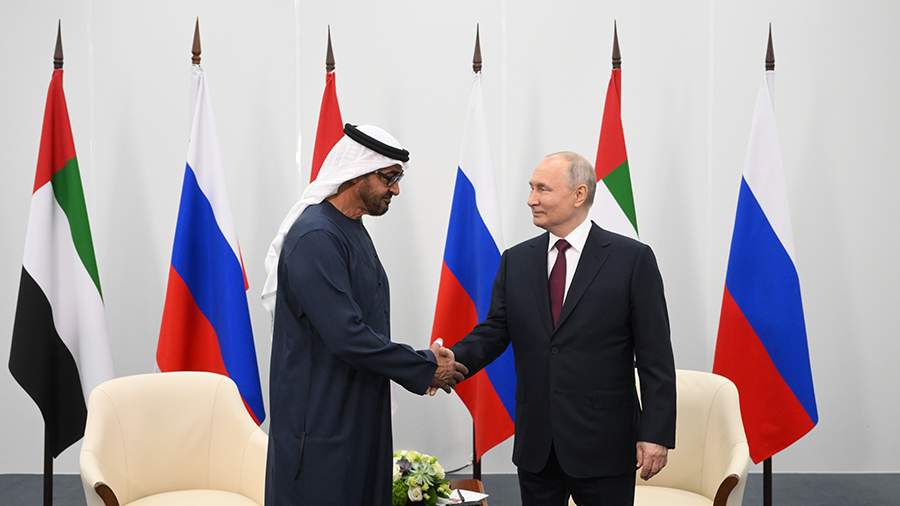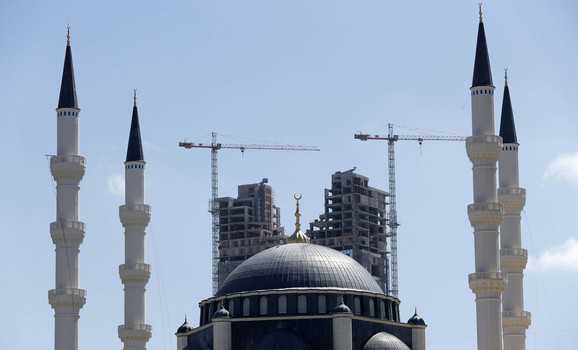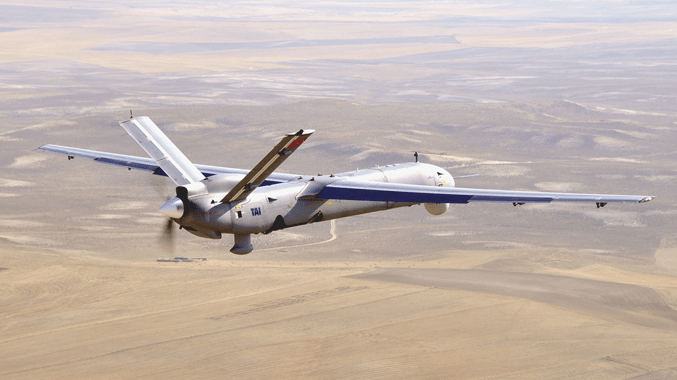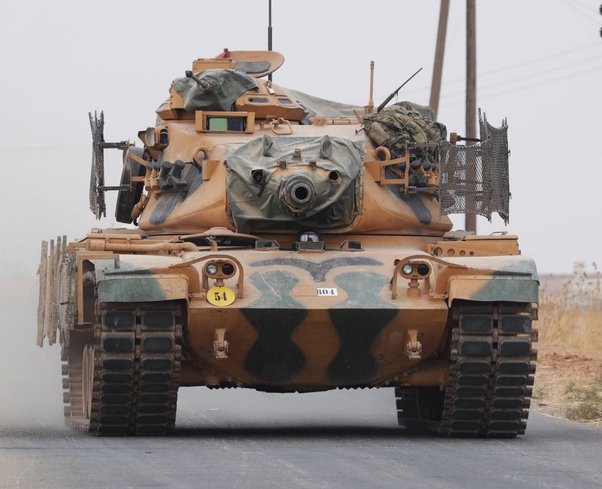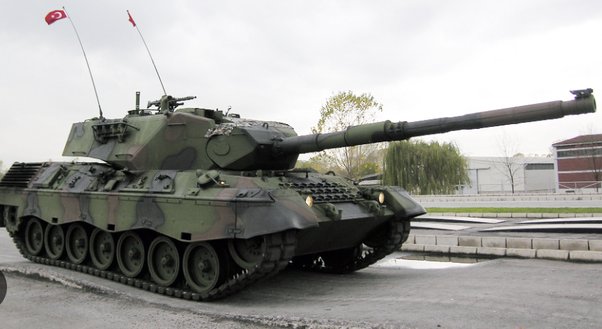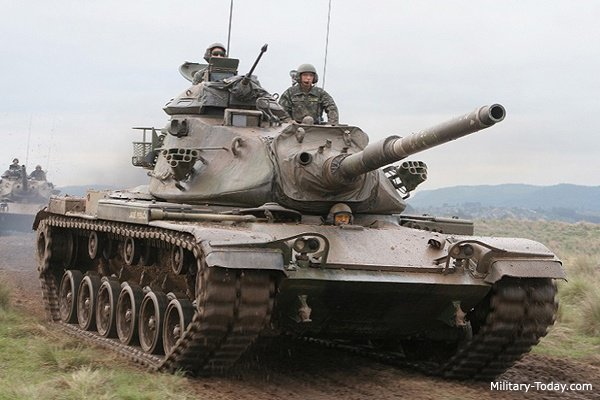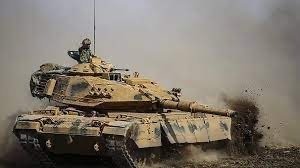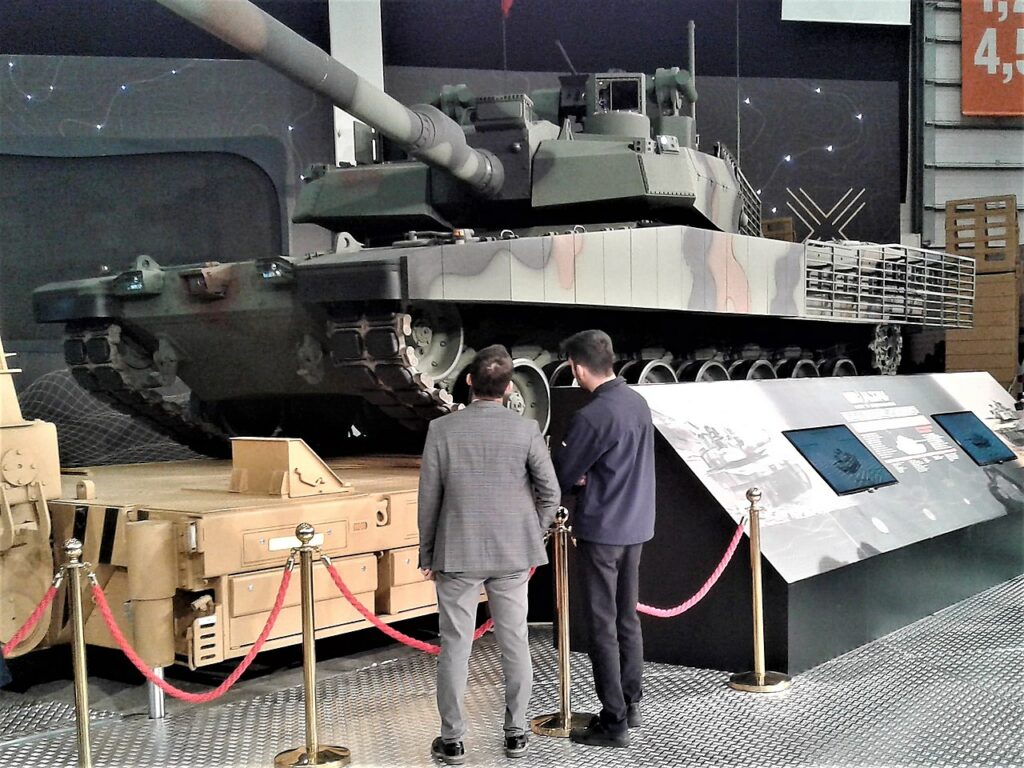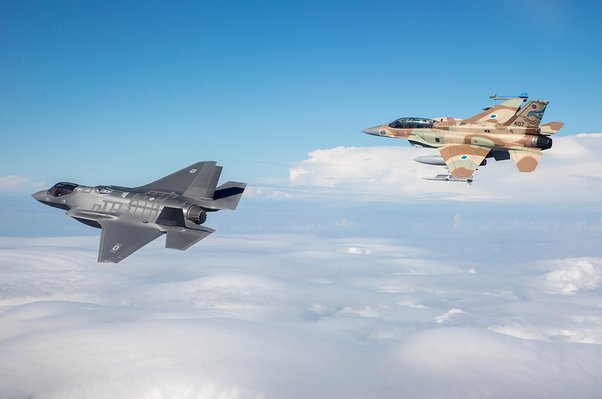The most influential media organizations in the world between March 2011-2021.

Today, there is almost a consensus among most thinkers and political theorists around the world that:: The media in its various forms and patterns represents the most powerful strategic weapon possessed by major countries or even medium-developed countries..
And when we say media, we mean:: written, audio, visual and electronic media.. And electronic media, as is known, is represented by various means of communication and social media such as Facebook, YouTube, WhatsApp, TikTok, Instagram and others.
..
Since the emergence of the theories of: globalization and Americanization or the small village or the era of “infomedia… open media” and specifically since the fall of the Berlin Wall in 1989, followed by the disintegration and fragmentation of the Soviet Union and the rest of the communist bloc in the world and with it the disintegration of the “Warsaw Pact” military in the years 1990 ~ 1991, we say after all that important theories and major studies have emerged about the role of the media:: in controlling the opinions, desires and inclinations of all the peoples of the earth from east to west;; and from north to south;; With new media philosophies and theories, the vast majority of which fall under what is called ((capitalism / liberalism)), the theories emerged: Samuel Hemington in (The Clash of Civilizations), Francis Fukuyama in (The End of History), Henry Kissinger in (The Last American Empire), Zbigniew Brzezinski in ((The Propaganda Depth of the Capitalist World)) and many others that there is no room here to discuss in detail. Media schools and philosophies have become more efficient, mature and capable of controlling the opinions and tendencies of all the peoples of the earth; and more capable even of controlling global markets and stock exchanges. And the entire media has become ((an advanced specialized industry called the modern media industry))
** On 17 ~ 5 ~ 2021, the International Media Organization published;; It is one of the important institutions associated with the United Nations. An important and detailed study on the five most important institutions and media outlets that had a significant impact on political, economic, financial, cultural and social events in the world as a whole over a full ten years, specifically for the period from March 2011 to March 2021. These five institutions are:
1~ The British Broadcasting Corporation BBC.. It is a British institution headquartered in London / England.
It was founded in 1923.
It has three icons: BBC in English.. and BBC in Arabic.. as radio stations.. with a satellite station with the same name BBC.. Many consider it one of the most neutral, reliable and solid media outlets; and its various activities are followed by more than 2 billion people around the world from different races, nationalities and continents.
2~ The American CNN channel; headquartered in Washington, USA. It was founded in New York City, USA, on 4/13/1979 by the famous billionaire “Robert Murdoch”, who is Jewish in religion and nationality; and many researchers and those interested in media and propaganda consider it one of the most important and dangerous satellite channels in the world; as some accuse it of having dangerous and secret relations with many Zionist and Masonic organizations around the world; and the latest reliable statistics about it indicate that there are approximately one and a half billion people around the world who follow its curricula and news around the clock.
3~ Fox News is an American satellite channel; its headquarters are in the American capital, Washington; it was founded in 1995 by American businessman Robert Maxwell and other shareholders. Many consider it to represent the American Democratic Party; while others consider it to be the official spokesperson and close to all liberal movements around the world. It has two main sections; the first is English-speaking; and the second is French-speaking. The latest statistics and studies about it indicate that the number of its followers is close to one billion people around the planet, representing the five continents of the world.
4~ The Chinese News Agency (Xinhua) is the official Chinese agency allowed to operate within Chinese geography; it was established in late June 1933 with a news/guidance orientation only; but after 1973 and after the Chinese Communist Party tightened its complete control over all parts of China under the leadership of “Mao Zedong”, the entire agency turned into the media and propaganda wing of the ruling Chinese Communist Party since that date until today; and it broadcasts its programs exclusively in the local Chinese language; and the number of its employees is approximately 3965 employees, technicians and consultants; and its headquarters is in the Chinese capital, Beijing itself; and the latest studies and research on it indicate that the number of its followers ranges between one billion and one and a half billion people. The vast majority of them are from the Chinese people themselves; and it has no clear influence outside the official international borders of China.
5~ Al Jazeera Qatari Channel; It was initially established in the British capital London on 1~11~ 1996.. And after only four months of its work, it moved to the Qatari capital Doha; and huge sums of money were allocated to it, close to 2 billion dollars;; and Al Jazeera Qatari Channel broadcasts in three sections: the Arabic section, headquartered in Doha; the English section, headquartered in England; and the French section, headquartered in Paris.
The number of its employees and experts is approximately 1955 employees and affiliates in its three sections.. Al Jazeera Channel adopts a very mature and efficient media philosophy that combines moderate political Islam with limited disciplined freedoms. The latest studies and solid research on it indicate that the number of its followers ranges between 570 and 600 million people in the entire world;; It is also accused of being the official spokesperson for the international organization of the Muslim Brotherhood movement.
Thus, we have provided a brief description of the five most important media institutions around the world, with reference to the role of contemporary media in influencing the trends and opinions of most people in the world as a whole.


